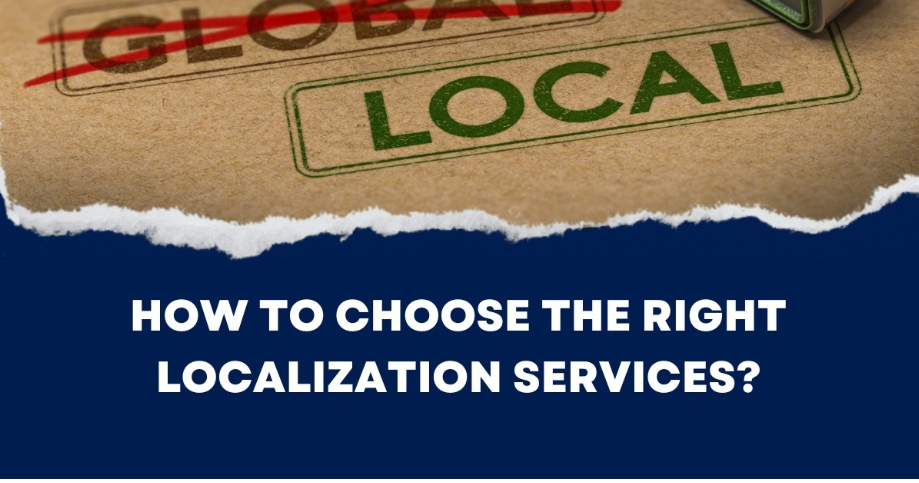Non-profit organizations play a vital role in addressing social, environmental, and community needs. However, unlike for-profit businesses, non-profits often operate with limited budgets, small teams, and a heavy reliance on volunteers. These constraints can make managing human resources (HR) a significant challenge. From payroll and benefits administration to compliance and volunteer coordination, HR tasks can quickly become overwhelming for non-profit leaders who are already stretched thin. Enter HR software—a digital solution that is helping non-profits streamline their HR processes, maximize efficiency, and focus on what truly matters: their mission. Let’s explore how HR software is transforming HR management for non-profits.
The Unique HR Challenges of Non-Profits
Non-profits face a unique set of challenges when it comes to HR management. Limited financial resources often mean that non-profits cannot afford dedicated HR staff or expensive software solutions. Instead, HR responsibilities typically fall on a small team of employees or even the executive director, who must juggle these tasks alongside their primary roles.
Additionally, non-profits often rely on a mix of paid staff and volunteers, each with different needs and expectations. Managing this diverse workforce requires flexibility and adaptability, which can be difficult to achieve with manual or outdated systems. Compliance with labor laws, tax regulations, and reporting requirements adds another layer of complexity, as non-profits must ensure they meet these obligations without diverting resources from their core mission.
These challenges can lead to inefficiencies, errors, and missed opportunities, ultimately hindering the organization’s ability to achieve its goals. This is where HR software comes in, offering non-profits a cost-effective way to streamline their HR processes and overcome these obstacles.
The Role of HR Software in Non-Profits
HR software, also known as Human Resource Management Systems (HRMS) or Human Resource Information Systems (HRIS), is designed to automate and centralize HR tasks. For non-profits, these platforms provide a way to manage payroll, benefits, compliance, and more, all from a single, user-friendly interface. By digitizing and automating repetitive tasks, HR software frees up time and resources, allowing non-profits to focus on their mission-driven work.
Key Features of HR Software for Non-Profits
The value of HR software lies in its ability to simplify and streamline HR processes. Here are some of the key features that are particularly beneficial for non-profits:
1. Payroll Automation
Managing payroll manually can be time-consuming and prone to errors, especially for organizations with limited HR expertise. HR software automates this process, calculating wages, taxes, and deductions accurately and efficiently. It also ensures that payments are made on time, reducing the risk of errors and keeping employees and contractors satisfied.
Many platforms also integrate with accounting software, making it easier to track expenses and maintain financial records. This not only saves time but also ensures compliance with tax regulations and labor laws.
2. Benefits Administration
Offering competitive benefits is essential for attracting and retaining talented staff, even in the non-profit sector. However, managing benefits like health insurance, retirement plans, and paid time off can be complex and time-consuming. HR software simplifies this process by providing a centralized platform where employees can view and manage their benefits.
For non-profits, these platforms make it easy to enroll employees in benefits programs, track usage, and generate reports. Some systems even offer self-service portals, allowing employees to update their information or make changes without needing HR intervention.
3. Compliance Management
Staying compliant with labor laws and regulations is a critical responsibility for any organization, including non-profits. HR software helps non-profits navigate this complex landscape by providing tools for tracking compliance requirements, generating reports, and maintaining records.
Many platforms also offer alerts and reminders for important deadlines, such as tax filings or employee certifications. This ensures that non-profits stay on top of their legal obligations without needing to dedicate significant time and resources to compliance management.
4. Volunteer Management
Volunteers are the lifeblood of many non-profits, but managing them effectively can be a challenge. HR software often includes features for volunteer management, such as scheduling, time tracking, and communication tools.
These platforms make it easy to coordinate volunteer activities, track hours, and recognize contributions. By streamlining volunteer management, non-profits can ensure that their volunteers feel valued and engaged, ultimately strengthening their impact.
5. Employee Self-Service Portals
Empowering employees and volunteers to manage their own information is a game-changer for non-profits. HR software often includes self-service portals where individuals can update their personal details, view pay stubs, request time off, and access company policies.
This reduces the administrative burden on HR staff and allows employees and volunteers to take ownership of their information. It also improves transparency and communication, as individuals can easily access the information they need without waiting for HR to respond.
The Benefits of HR Software for Non-Profits
The adoption of HR software offers numerous benefits for non-profits, including:
1. Time and Cost Savings
By automating repetitive tasks and streamlining processes, HR software frees up time for non-profit leaders and their teams to focus on strategic activities. This not only improves efficiency but also reduces the costs associated with manual HR management.
2. Improved Accuracy
Manual processes are prone to errors, which can lead to costly mistakes. HR software minimizes these risks by automating calculations, ensuring compliance, and maintaining accurate records.
3. Enhanced Employee and Volunteer Experience
From self-service portals to streamlined benefits administration, HR software improves the experience for both employees and volunteers. By making it easier for individuals to access information and manage their needs, non-profits can foster greater satisfaction and engagement.
4. Scalability
As non-profits grow, their HR needs become more complex. HR software is designed to scale with the organization, providing the tools needed to manage a larger workforce without adding significant overhead.
The Future of HR Software for Non-Profits
As technology continues to evolve, so too will the capabilities of HR software. Future advancements may include more sophisticated tools for recruitment, performance management, and workforce analytics. For non-profits, these innovations will provide even more opportunities to streamline HR processes, reduce costs, and create a more engaged and productive workforce.
Investing in HR Software
HR software is revolutionizing the way non-profits manage their HR needs, offering a digital solution to the challenges of limited resources and complex compliance requirements. By automating tasks, improving accuracy, and enhancing the employee and volunteer experience, these platforms empower non-profits to focus on their mission-driven work.
For non-profit leaders, investing in HR software is not just a practical decision—it’s a strategic one. By embracing technology, they can transform their HR processes, reduce administrative burdens, and create a more efficient, compliant, and engaged organization. In a world where every resource counts, HR software is proving to be an invaluable tool for non-profits looking to maximize their impact and achieve their goals.






